Us humans typically chase all that is bigger and better. Our quest for novelty takes us further and further afield. But why not take the opposite tack? Zooming in to what is right in front of our noses, and even inside it, unlocks all sorts of potential. Welcome to the crazy world of atoms, the building blocks of matter, including you and me.
People now know, more or less, how atoms work. But we have barely begun to take advantage of their minute size. How about storing all of human knowledge in a mote of dust? Swallowing your surgeon? All of this might become possible if nanotechnology succeeds in its quest to use single atoms like Lego-bricks. It could revolutionise our lives.
Homing in on the tiny weeny flings us to the cutting edge of science – and who better to introduce this world of the miniature than physicist Richard Feynman, who was unrivalled at investing atoms with passion and humour. Or, as described by a colleague, an “impossible combination of theoretical physicist and circus barker”.
On watching the world’s first nuclear explosion without protective goggles
As a child Feynman was known for his extraordinary abilities: Neighbours used to say he could repair radio sets by looking at them. During World War II, he got involved with the top secret “Manhattan Project” to build the world’s first atomic bomb in order to stop Hitler. But he was not one for military discipline, cracking his superiors’ safes just for fun and ignoring security rules. He watched the very first nuclear test explosion as the only person without safety goggles – just “to get a full solid experience of it”. After the first atom bombed was dropped on Japan, the true horror of the project dawned on him. Sitting in a cafe, he woke up to the destructive power he had helped to unleash. This realisation paved the way for Feynman to switch focus, moving from atoms’ destructive power to their constructive potential.
“I looked out and thought about the radius of the Hiroshima bomb damage”
(from Ottaviani, p. 104).
There is plenty of room at the bottom!
He came up with a useful image to show his students the size of an atom: “If an apple is magnified to the size of the earth, then the atoms in the apple are approximately the size of the original apple.” In 1959 he gave a landmark speech “There’s plenty of Room at the Bottom”, where he probed how atoms, because of their dinkyness, could revolutionise technology. He posed questions like: What could we achieve if we could assemble things out of individual atoms? How far could we shrink our technology?
These musings put Feynman – also a passionate player of bongo drums and avowed visitor of striptease clubs – decades ahead of his time. He is often considered the father of nanotechnology, which today is turning some of his wildest predictions into reality.
The Encyclopaedia Britannica on the head of a pin – that’s nothing!
Some smart minds had already managed to inscribe the prayer “Our Father” on a pinhead before Feynman’s speech, but he was less than impressed, dubbing it a “primitive, halting step” in the quest for miniaturisation. Instead Feynman shows that, due to the minuscule size of atoms, it is, in theory, possible to copy every single page of the Encyclopaedia Britannica onto a pinhead – at that time consisting of 24 heavy volumes.
But Feynman is still not content with this staggering result. “Now, the name of this talk is ‘There is Plenty of Room at the Bottom’ – not just ‘There is Room at the Bottom.” And so he goes further still – asking what would happen if we represented information using a code made of single atoms and used not only the surface of a material, but also the space inside.
To make this idea theoretically feasible, Feynman generously assumes that we need a cube consisting of around 600 atoms to represent a single letter. His calculation is mind-boggling: “It turns out that all of the information that man has carefully accumulated in all the books in the world can be written in this form in a cube of material one two-hundredth of an inch wide—which is the barest spec of dust that can be made out by the human eye. So, there is plenty of room at the bottom!”
Mother Nature owns the copyright
Feynman points out that shrinking information to such an amazing degree is not only possible, but already commonplace all around us. Only a few years before, scientists had revealed the structure of the genetic material – the famous DNA double helix. And lo and behold, mother nature needed even fewer atoms to register a DNA-“letter” than was assumed by Feynman. So it turned out it, instead of inventing how to store information on a super small scale, it was just a case of following nature’s lead.
“This fact – that enormous amounts of information can be carried in an exceedingly small space – is, of course, well known to the biologists…in the tiniest cell, all of the information for the organisation of a complex creature such as ourselves can be stored.”
Since we have mastered the art of deciphering genes over the last 20 years, today we know exactly how much information is stored in the DNA of numerous living beings. The result – here summarised by evolutionary biologist Richard Dawkins – is truly astonishing:
“There is enough information capacity in a single human cell to store the Encyclopaedia Britannica, all 30 Volumes of it, three or four times over…There is enough storage capacity in the DNA of a single lily seed or a single salamander sperm to store the Encyclopaedia Britannica 60 times over. Some species of the unjustly called ‘primitive’ amoebas have as much information in their DNA as 1,000 Encyclopaedia Britannicas.”
Invisible machines
But Feynman had more ambitious plans than just storing information in a speck of dust. “The biological example of writing information on a small scale has inspired me to think of something that should be possible. Biology is not simply writing information, it is doing something about it. A biological system can be exceedingly small. Many of the cells are very tiny, but they are very active; they manufacture various substances; they walk around; they wiggle; and they do all kinds of marvellous things—all on a very small scale…Consider the possibility that we too can make a thing very small which does what we want—that we can manufacture an object that manoeuvres at that level!”
He had some more radical ideas about what could be achieved by making technology ever smaller. “I do know that computing machines are very large; they fill rooms. Why can’t we make them very small, make them of little wires, little elements—and by little, I mean little.” What sounded like crazy science fiction to his contemporaries has already become reality – half a century later, we all carry around supercomputers in our pockets in the form of smartphones.
In contrast, many other applications of miniaturisation still sound decidedly sci-fi today – for example, the idea “to swallow your surgeon” and to produce machines too small to see with the naked eye. But progress is rapid and the potential of nanotechnology immense. This is what physicist and futurologist Michio Kaku has to say:
“Within this century, we may possess the most important tool ever imagined—nanotechnology that will allow us to manipulate individual atoms. This could begin a second industrial revolution, as molecular manufacturing creates new materials we can only dream about today, which are superstrong and superlight, with amazing electrical and magnetic properties.”
Also in medicine the potential uses of thinking small are limitless: “One goal of nanotechnology is to create molecular hunters that will zoom in on cancer cells and destroy them cleanly, leaving normal cells intact…So in the future, nanotechnology will detect cancer colonies years to decades before they can form a tumour, and nano particles circulating in our blood might be used to destroy these cells. The basic science is being done today.”
Even during Feynmans lifetime, progress in the field was so rapid it took him by surprise. At the end of his speech from 1959, he promised two prizes of 1,000 dollars each: One for the first operating electric motor measuring no more than 0.4 millimetres on each side (a 1/64 inch cube), the other for writing letters so small the whole Encyclopaedia Britannica could be squeezed on the head of a pin. The first prize he had to award in 1960, the second in the mid-80s.
No ordinary genius
A few years after his prophetic speech, Feynman received a nobel prize for reformulating the theory of subatomic particles. Initially, he wanted to refuse the honour, because he hated ceremonies and authorities. Later, he played down his achievement, saying: ’’I won the prize for shoving a great problem under the carpet’’.
Despite his modesty, his approach, which used mini-diagrams drawn with wobbly lines, was so new and revolutionary that it drove other physicists to desperation. In the words of a colleague, ‘ordinary geniuses’ do great things but let other scientists feel that they could do the same if only they worked hard enough. The other kind performs magic. “A magician does things that nobody else could ever do and that seem completely unexpected – and that’s Feynman”.
Feynman died aged 69 in 1988 after uttering his final words: “I’d hate to die twice. It’s so boring.”
Bibliography
Richard Feynman: “There is plenty of Room at the Bottom”, in: “The Pleasure of Finding Things Out”
Richard Feynman: “Atoms in Motion”, in: “Six Easy Pieces”
Richard Dawkins: “The Blind Watchmaker”
James Gleick: “Richard Feynman – Thinker, Scientist, Humanitarian”; Obituary in New York Times
Michio Kaku: “Physics of the Future: How Science will Shape Human Destiny and our Daily Lives by the Year 2100”
Jim Ottaviani and Leland Myrick: “Feynman”
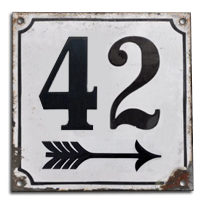
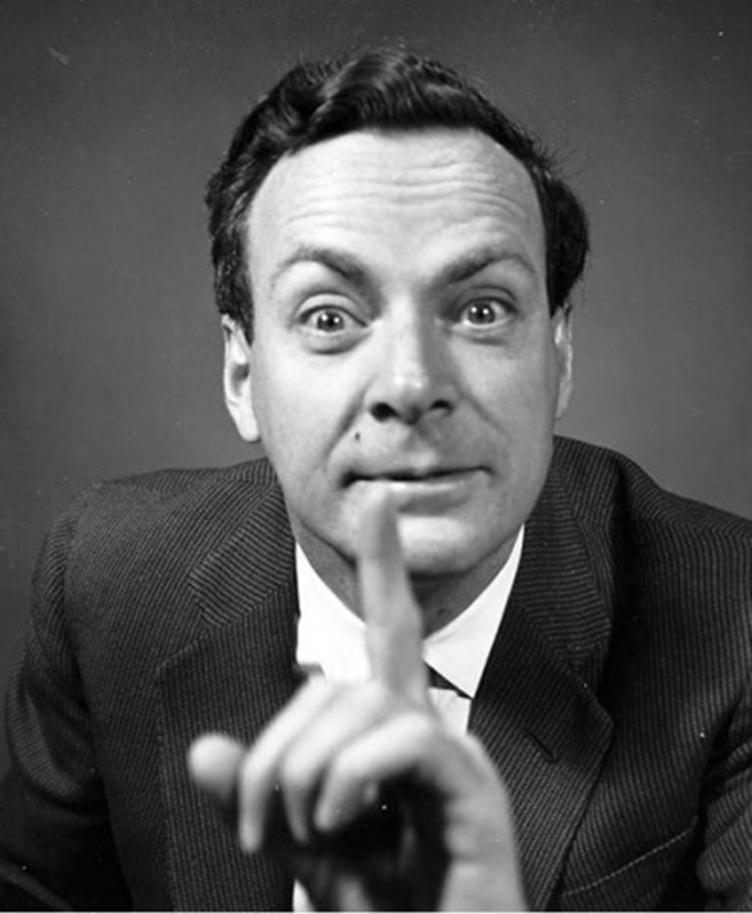
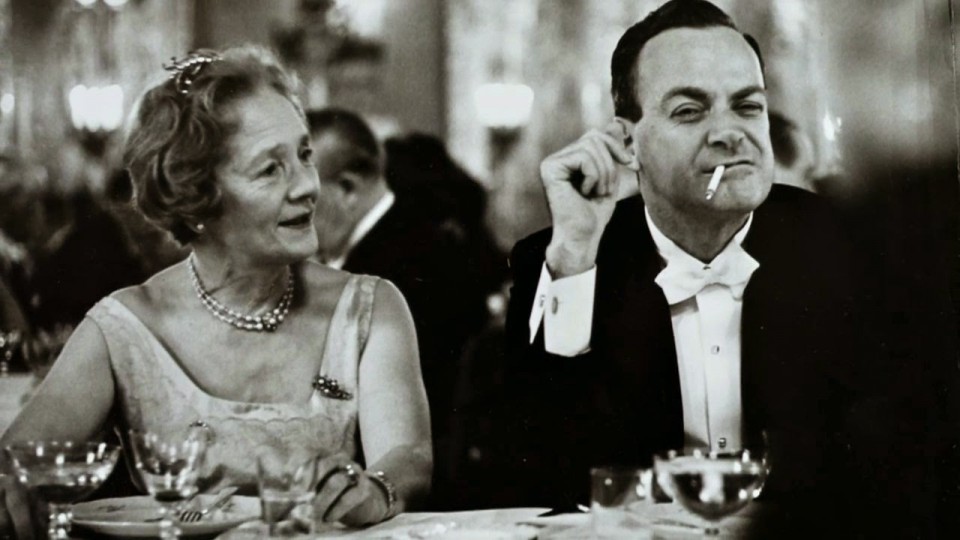
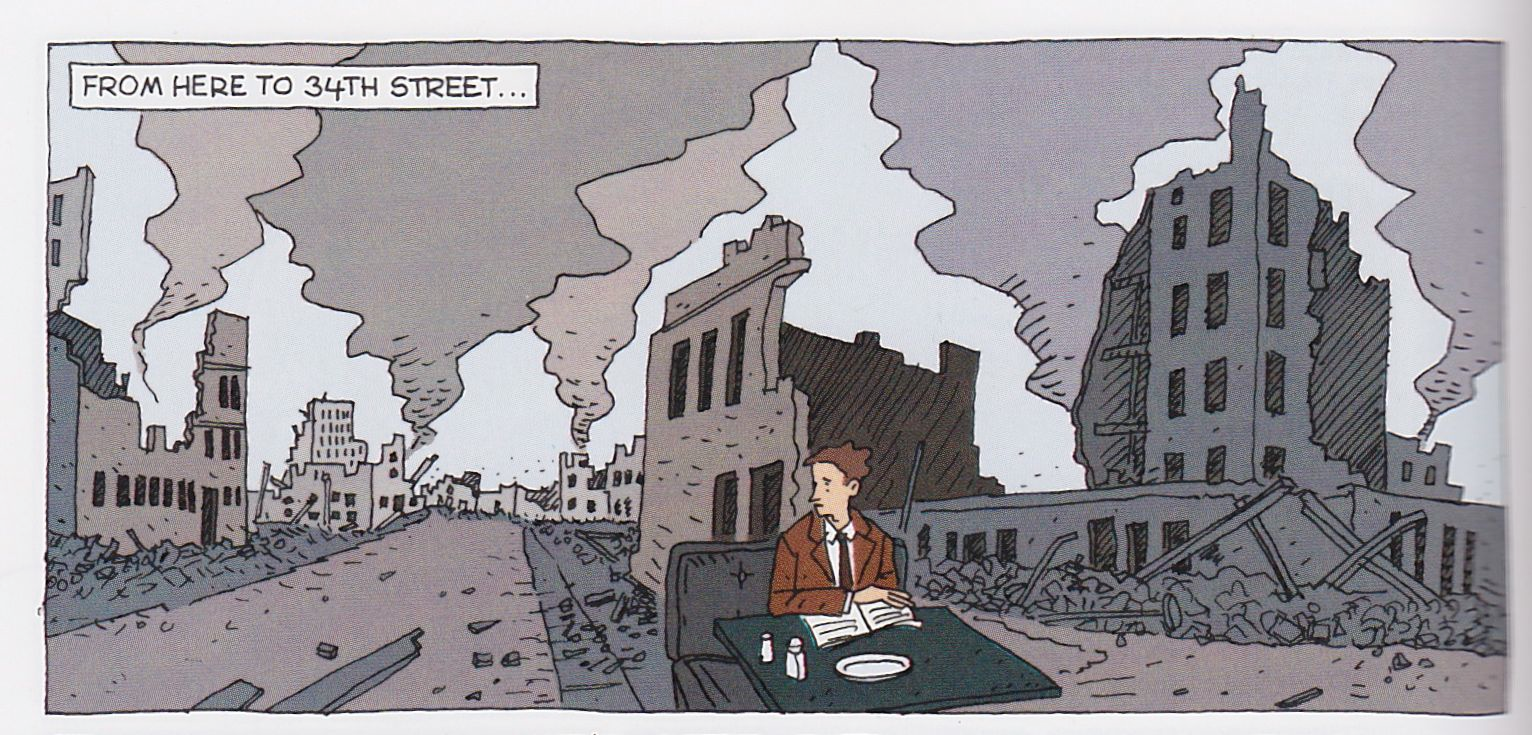
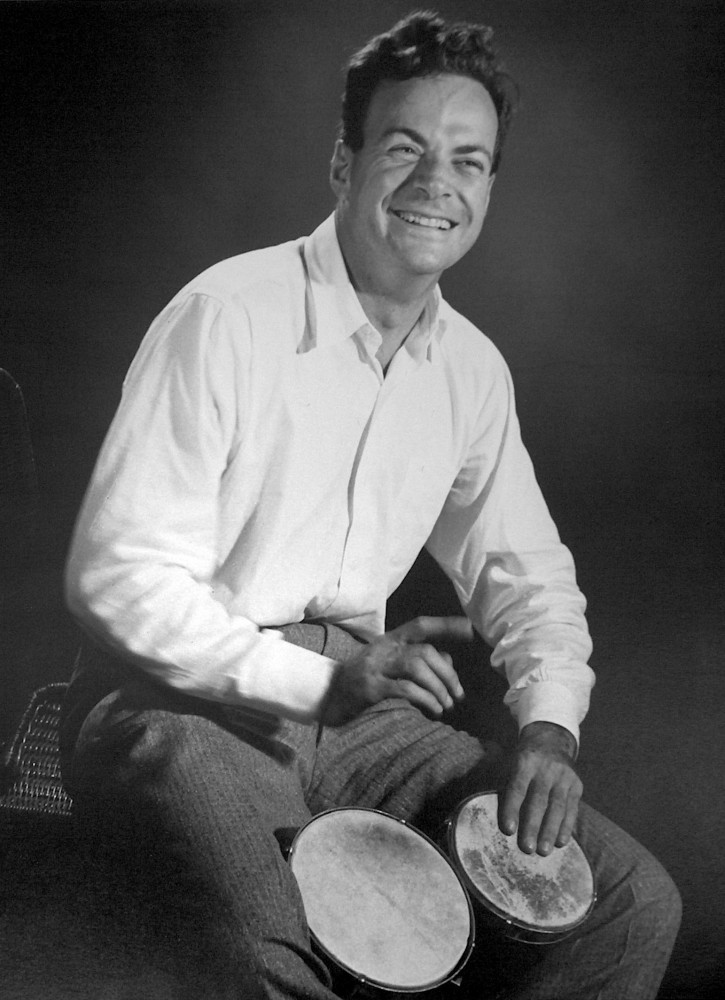

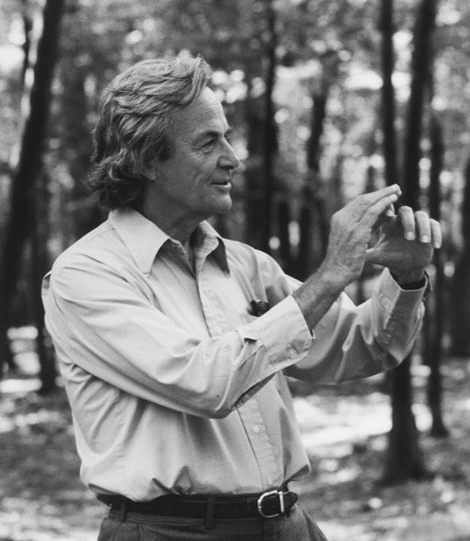

Comments are closed, but trackbacks and pingbacks are open.